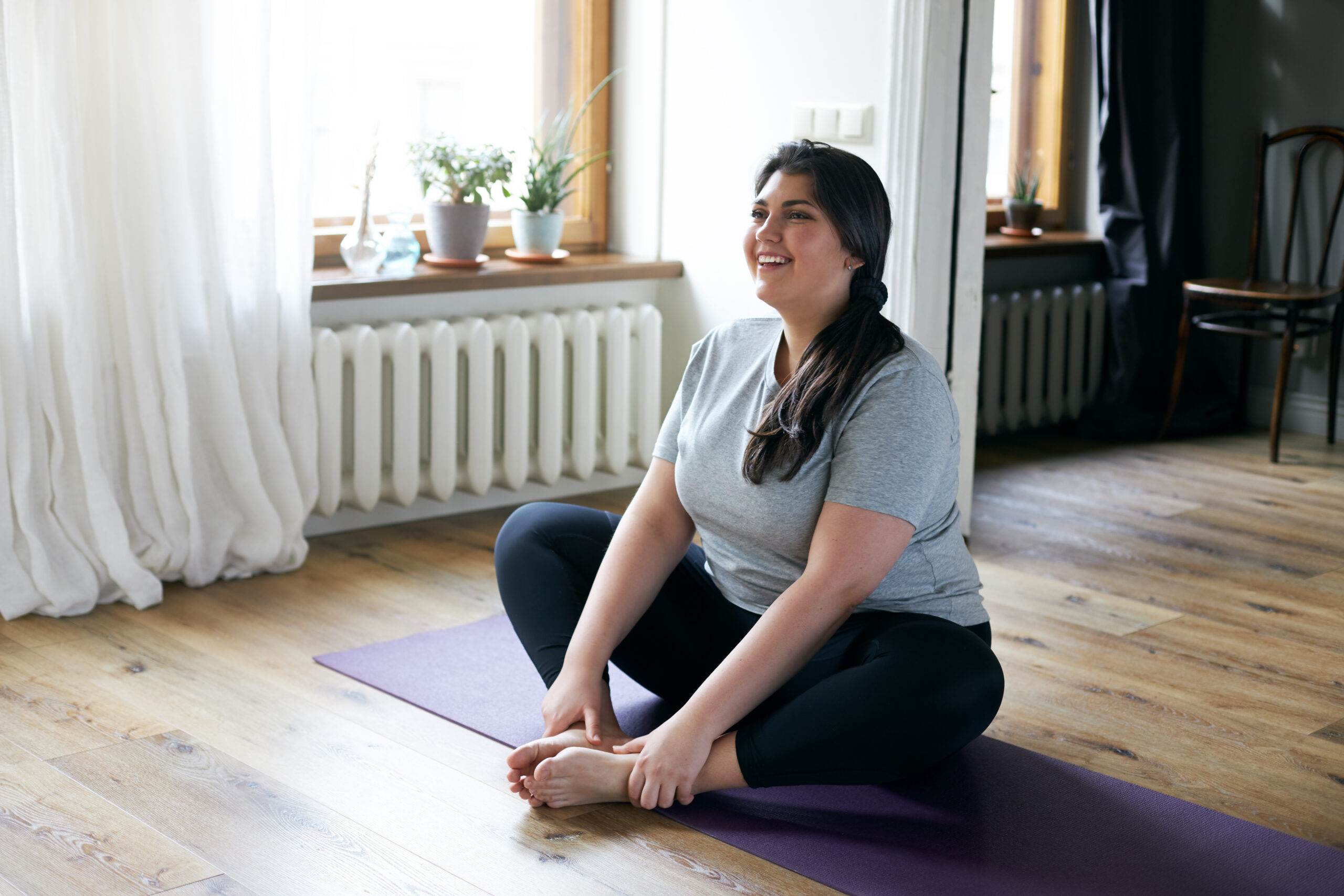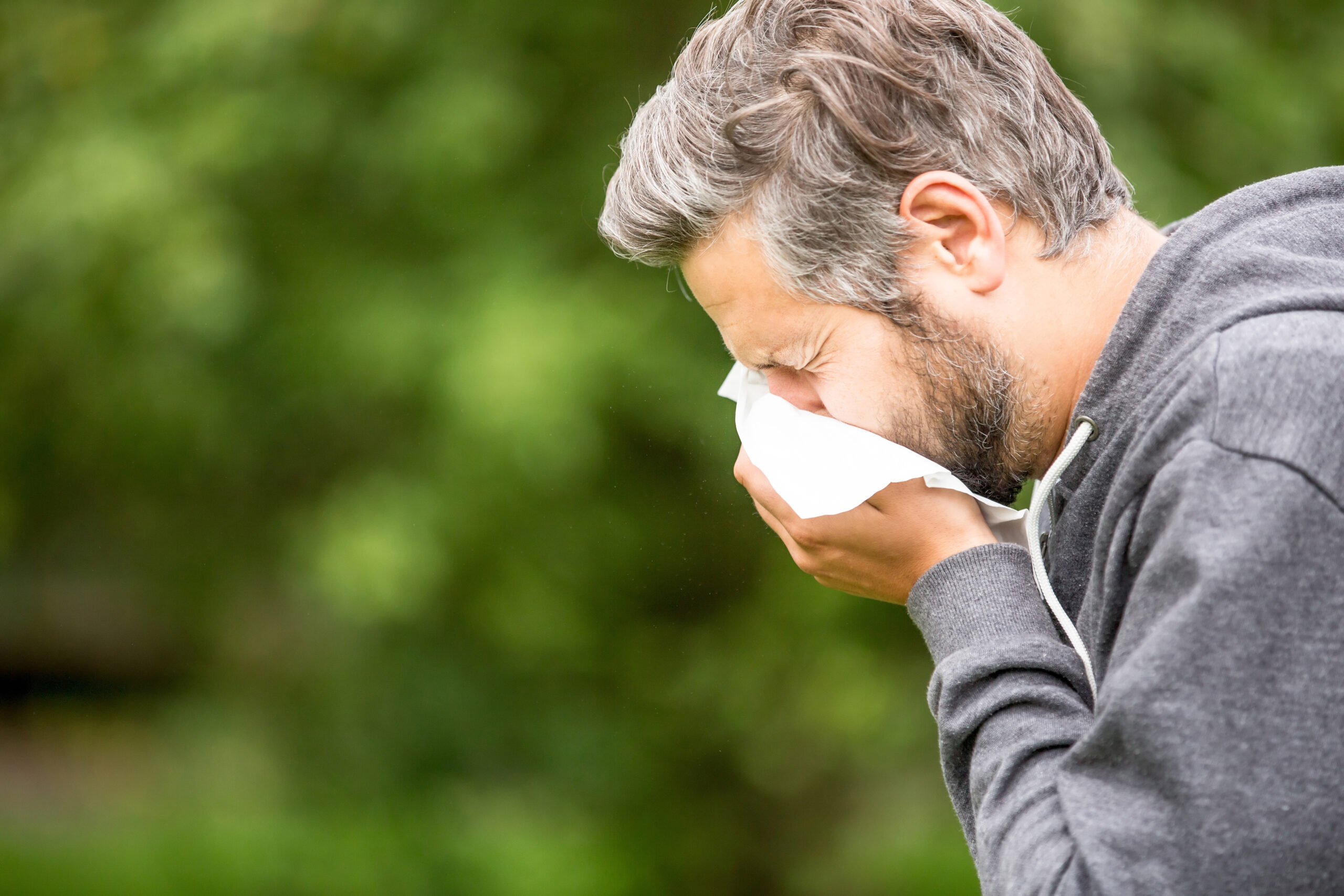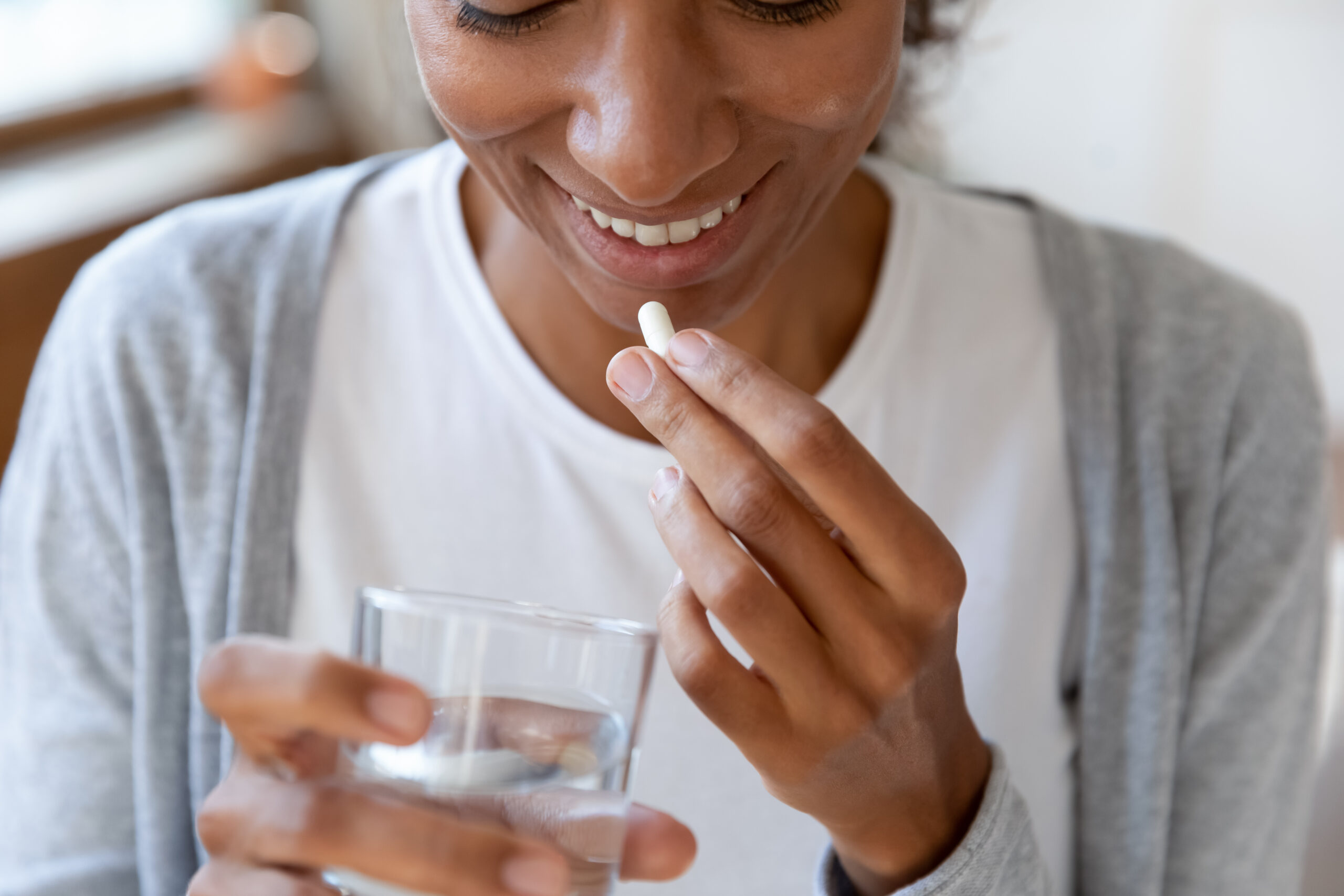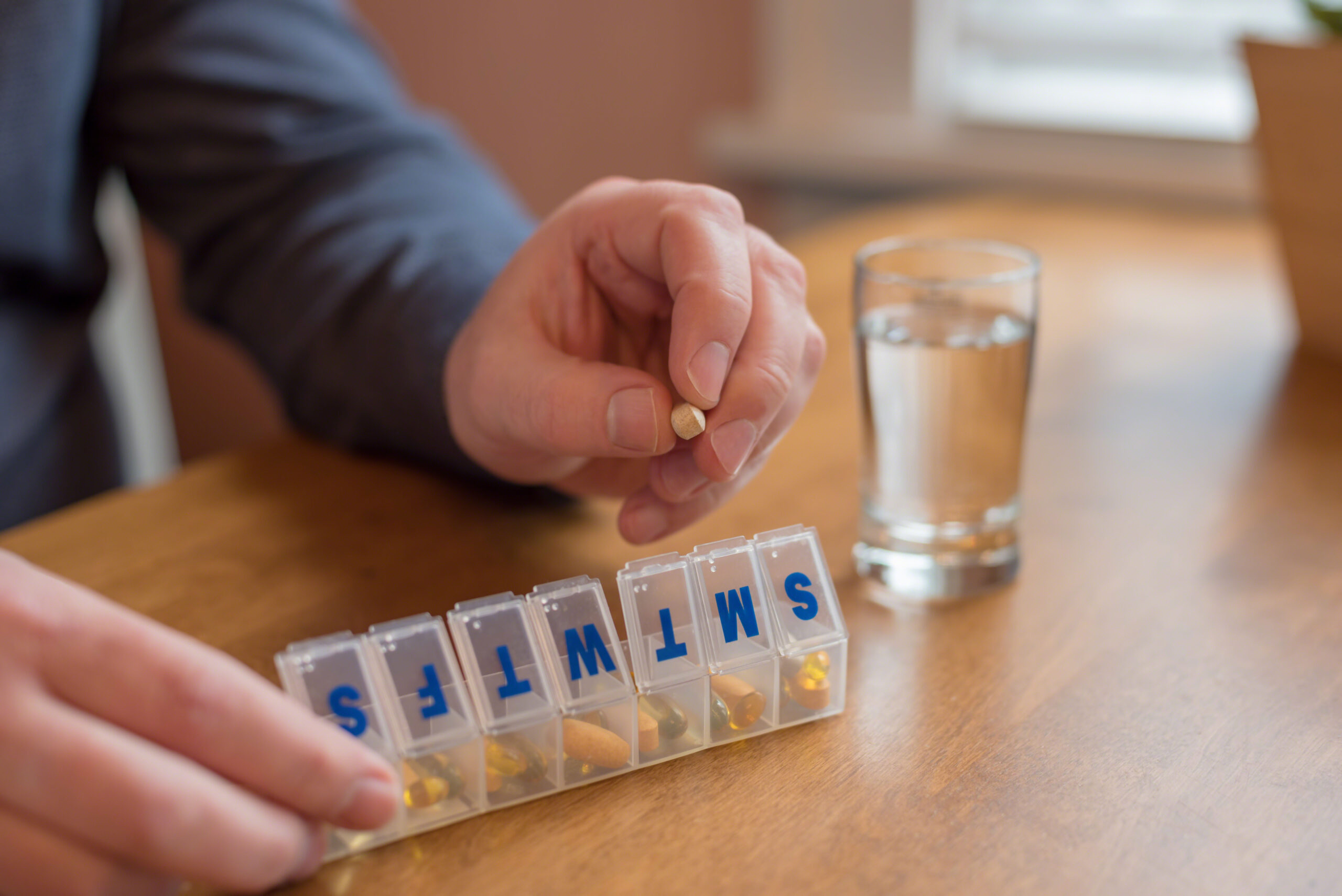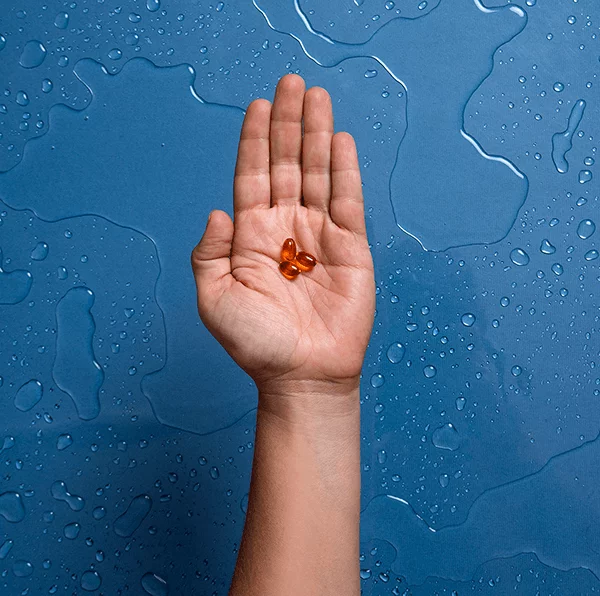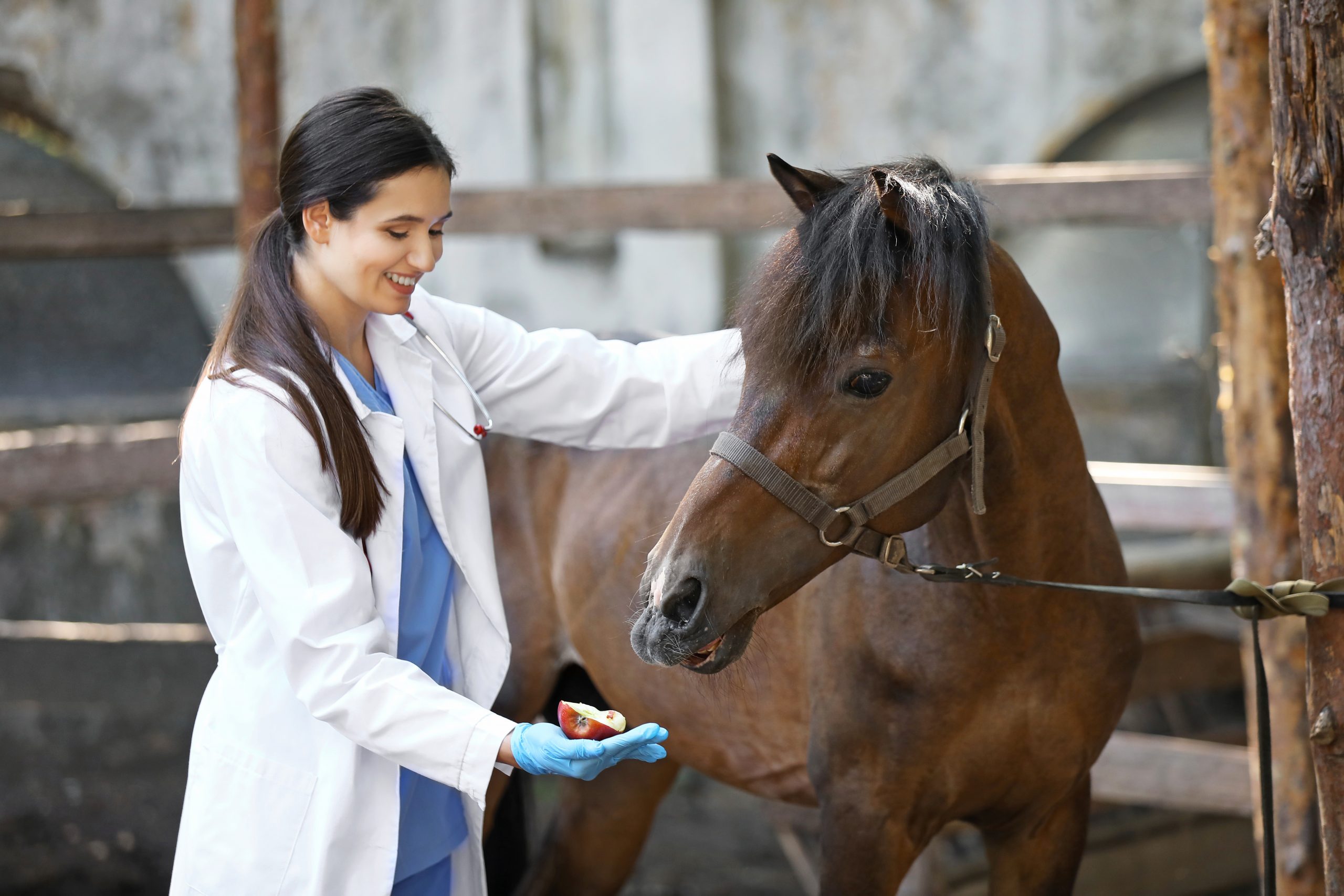Staying active is part of a healthy lifestyle. For those of us with arthritis or other joint ailments, consistent exercise can pose the risk of triggering inflammation and leading to joint pain. Rather than avoiding exercise altogether, it’s important to find what works for your body and physical abilities. And, once you’ve identified exercises that work for you and not against you, it’s equally important to be sure you go about them the right way.
This includes warming up properly, of course. But it also includes a post-exercise cool down session. Here are the basics on how to cool down after exercising with arthritis, so that you can keep doing what you love without worrying about triggering the pain that you’d rather avoid.
First and foremost — pay attention to what your body tells you
No matter what type of exercise you do, the ultimate goal is to never overwork your joints to the point that they become visibly swollen or red. Try to listen to your body — when it says enough is enough, call it a day and move towards the resting phase.
If you find that your joints are swelling during a certain activity even after reducing the time spent doing it, this could be a sign that the activity is putting too much strain on your body and your joints in particular. Speak to your doctor to get their opinion, and hang up the towel until you’ve done so.
Cooling down after aerobic and non-aerobic activities
Aerobic activities are easier to transition into a cool down because you often don’t have to actually stop doing the activity abruptly in order to cool down. If running or cycling, slowly reduce your pace as you approach the end of the workout and allow for about the final 10% to serve as a cooldown.
The same goes for walking and activities at a similar pace like snowshoeing or cross-country skiing. Rather than going full-bore until the end, finish at a slower pace similar to where you started during the warm-up.
For non-aerobic exercises such as weights and endurance activities that test the full-body, you may find a hot tub to be the best way to allow your joints to rest and recover. The added heat can work against inflammation. And of course, the calming ambiance of a short hot tub session can lower the heart rate and mellow the mood.
Ice packs applied directly to the joints are a great option as well, particularly if you don’t have a hot tub at home or in your place of exercise. And as we’ll cover below, stretching plays an integral role in cooling down no matter what type of activity you take part in.
Post-exercise stretches to keep the body limber and agile
The best post-exercise stretches for arthritis focus on keeping joints loose and active, without adding additional strain. This is especially important for active sports like tennis and pickleball, where you may find yourself hopping from one foot to another while simultaneously twisting the body. Following your in-activity cooldown period, closing the exercise with the following stretches gives your joints a chance to recuperate and stay limber.
Lower body stretches
- For the lower body, the basic Quadricep Stretch is a good cool-down after walking, playing tennis or pickleball, or anything else that kept you on your feet. While balancing yourself on a chair or against a wall, lift one leg up behind you and pull in towards the back of your leg as far as is comfortable. Repeat on the other side.
- Knee-to-chest stretch: While laying on your back — preferably on a mat — hold one knee up to your chest while the other remains outstretched. Hold for a few seconds then release, and repeat on the other side.
- Butterfly stretch: While seated, bring the legs in so that the bottoms of both feet are placed against each other. If comfortable, squeeze the legs slowly inward by placing the hands on the tops of the feet and pushing.
Upper body stretches
- Chest-arm stretch: Standing tall, clasp your hands behind your back. Gently pull your hands down, stretching your shoulders and pushing your chest outward. Roll the shoulders downward and back.
- Overhead reach side bends: Continue to stand tall. Move your arms up above your head and join the hands while keeping them open. Reach up as high as you can, then lower to the left and then to the right. Repeat a few times.
- Straight arm twists: With both arms outstretched, twist from right to left and then reverse. Do this several times until your torso, arms, and shoulders feel loose and relaxed.
And, keep these best practices for stretching in mind:
- Avoid stretching cold muscles. Cold muscles — i.e. muscles that haven’t been used in that exercise and are less likely to be loose — have a higher risk of injury or discomfort when stretched. Focus your stretching on the parts of the body that you used during the exercise.
- Don’t skip the warm-up stretches. A post-exercise stretch doesn’t get you off the hook for stretching before you work out too. Those muscles and joints aren’t going to warm up themselves, after all.
- It’s all about the routine. You’ve heard the phrase “practice makes perfect.” Well, nothing seems perfect with arthritis, but a fitness routine that includes consistent stretching will help you get as close as possible.



